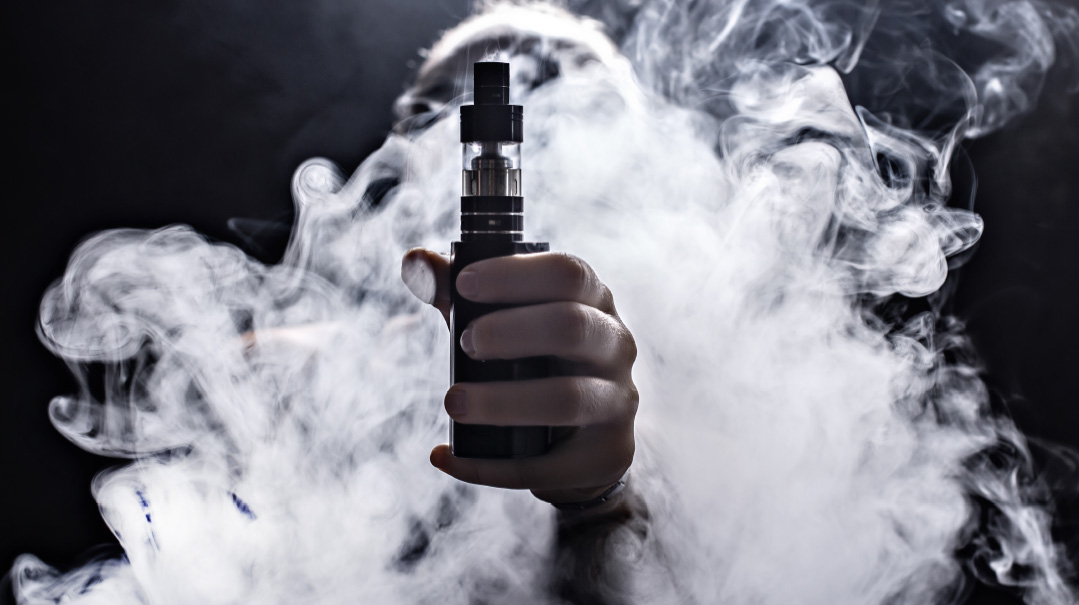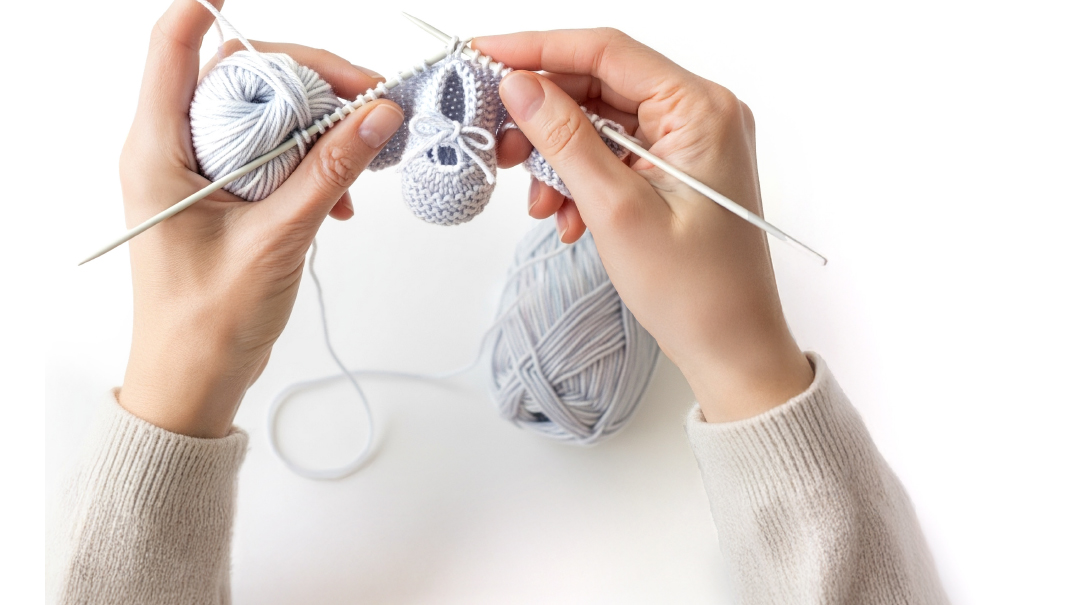Puff, the Electronic Dragon

Why kids are vaping younger and younger, and what we can do

Tamar was happy to welcome her son Moshe home from sleepaway camp, even given the mountains of stained and pungent laundry stuffed into his duffel bag. After feeding him a much-appreciated Mommy-cooked meal, she began the process of sorting towels and pants. Suddenly a small object slipped out and landed with a clatter on the laundry room floor.
Tamar picked it up. It looked like a flash drive, the kind she used to download files when she had to use a different computer. Why would her son need a flash drive in camp? Then she looked at it more closely, and its true purpose became clear: This wasn’t a flash drive, but a vaping device. Moshe was 11 years old. What was this? Why would he be vaping?
Moshe isn’t a troubled kid, or a rebellious one. He’s simply part of a new trend of vaping among younger and younger kids. Baruch, a kollel yungerman, says that when he was a counselor in a camp five years ago, some eighth graders were thrown out for vaping. Two years later, in a different camp, the sixth graders were doing it. “It’s extremely common, and the age for doing it gets younger and younger,” says Rabbi Gross,* a mechanech in Lakewood. “It became the cool thing, the ‘in’ thing to do, and it’s easy to hide. The devices are small, and vaping doesn’t leave any traces — there’s no smell, or whatever smell there is goes away quickly.”
By comparison, Rabbi Gross says, cigarette smoking is much harder to hide. You have to go outside to smoke, and it leaves an odor on clothing and skin. Vaping, though, can be done anywhere. “The boys can vape behind a sefer in the beis medrash and no one will be the wiser,” he says.
How is it that younger and younger boys are vaping, not to mention the occasional teenage girl? How dangerous is it, and how alarmed should we be as a community? Finally, as parents and educators, what approach should we take in dealing with this trend?
How Do Vapes Work?
Electronic cigarettes are battery-powered devices that create a vapor inhaled by the user. The liquid inside contains nicotine, flavoring, coloring, and humectants, which produce aerosols that simulate cigarette smoke. You can buy vapes that are prefilled or refillable.
“Many of the vapes come in interesting flavors that attract kids, and lead people to think vaping is ‘natural,’” says Dr. Hylton Lightman, a pediatrician in Far Rockaway. Think mango, mint, peach, or the kid-friendly bubble gum or cotton candy. “The manufacturers don’t list all the ingredients on the packaging, and sometimes label it ‘organic’ so that people think it’s healthy.” The FDA banned the use of cartridge and prefilled vaping products with kid-friendly vaping flavors in 2020, but manufacturers have found loopholes or other ways to allow them to continue marketing flavored products.
Dr. Shalom Augenbaum, substance abuse specialist at Ohel and the author of Inside-Outside Parenting (Mosaica Press), adds that vapes are marketed in ways that appeal to a tech-savvy generation. They look like flash drives or have LED lights that light up when you use them.
Curious to get a sense of the vape trade from the inside, I took a short stroll to one of the many new smoke shops near my Flatbush home (my son-in-law graciously agreed to accompany me since I felt embarrassed to walk in alone). The poster outside advertised all the major brands — JUUL, Myle, ELFBAR — and the store window displayed a variety of hookahs and vaping paraphernalia. Inside, the space was clean and spacious, not at all the seedy dive I’d anticipated. In the middle of the floor were shelves of snacks, including many boxes of kosher Danishes and snack bags from Bingo, a clear sign of a large Jewish clientele. Around the perimeter were cases displaying vaping devices, hookahs, and boxes of cigars. Behind the counter were floor-to-ceiling shelves of vaping materials: stylish, colorful, cellophane-wrapped boxes that looked like a duty-free perfume display.
The long-haired man behind the counter wasn’t terribly useful when I asked what’s popular; he shrugged and said, “Everybody has their own preferences, but ELFBAR is a brand people are buying a lot of lately.” While we spoke, a young man in a polo shirt and yarmulke came in. He matter-of-factly bought some vaping pods and proceeded to deposit the change in a tzedakah box that sat incongruously on the counter (not having seen Jews behind the counter, I didn’t think it was a Jewish business, but apparently someone persuaded the owner to keep a pushke there). I remarked to my son-in-law that the young man seemed so casual about his purchase, and he replied, “He doesn’t think he’s doing anything wrong.”
In New York and New Jersey, 21 is the legal age to purchase e-cigarettes, but it’s not a criminal offense to use them before that. Rabbi Fuchs,* a mechanech in Lakewood, says, “Kids who are 17 or 18 usually manage to buy them anyway. There’s a lot of trickle-down businesses of older kids buying the vapes for younger kids and making a profit.”
Oops! We could not locate your form.







